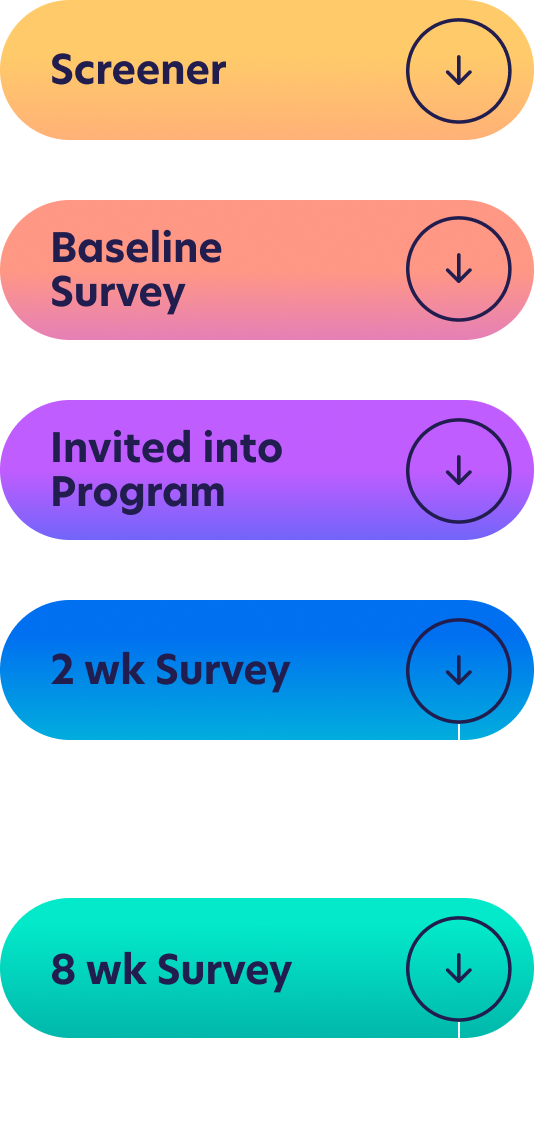Improving access to and utilization of cancer screening with Color
Abstract
A small group of recruited participants were surveyed over the course of eight weeks about their experience using Color. Compared to their baseline behaviors, a majority of participants agreed that because of Color 1) they are now more knowledgeable about when and how often to screen for cancer, 2) they were able to get necessary screening done faster, and 3) they would be more likely to screen for cancer in the future if they continued to have access to Color.
84%
of participants increased their familiarity with timing and frequency of cancer screening
2-3x
increase in adherence to screening guidelines after 8 weeks
89%
of participants reported their experience with a Color clinician was “excellent” or “very good”

Participant details
All 100 study participants were between the ages of 45 and 65 and behind on at least one cancer screening.
51% of the population were assigned male at birth
77% of the population were employed full time
64% of participants were White, 14% were Black or African American, and 10% were Hispanic or Latino.
Participants were recruited through an online platform and invited to use Color, provide feedback on their experience, and report their cancer screening behaviors at baseline and at eight weeks. While participants were compensated for taking part in the survey and interviews, they were not compensated for using Color’s product.
Study details
Participants first completed a baseline survey in order to access Color and to assess their baseline knowledge of cancer screening recommendations. Surveys were also conducted at the two and eight-week marks post enrollment in the program to evaluate utilization of cancer screening.
After enrolling in the program, each participant received a personalized risk assessment for five common cancers—breast, cervical, prostate, colorectal, and lung cancer—based on guidelines from Color’s program partner, the American Cancer Society. Participants were then given access to Color’s clinical and care navigation teams and either routed to in-person screening options or sent at-home test kits where appropriate. Following screening, participants were connected to Color’s care team to discuss results and determine next steps, including follow-on care and treatment as needed.
Key results
This research study assessed the following:
- Participants’ familiarity with what cancer screenings are needed and when
- Cancer screening actions taken (e.g., mammograms and stool-based tests completed)
- Usability of at-home testing kits for colorectal, prostate, and cervical cancer screening
- Experience with Color’s care team
Overall, in eight weeks, Color doubled or tripled cancer screening adherence rates for breast, cervical, colorectal, and prostate cancer screening.
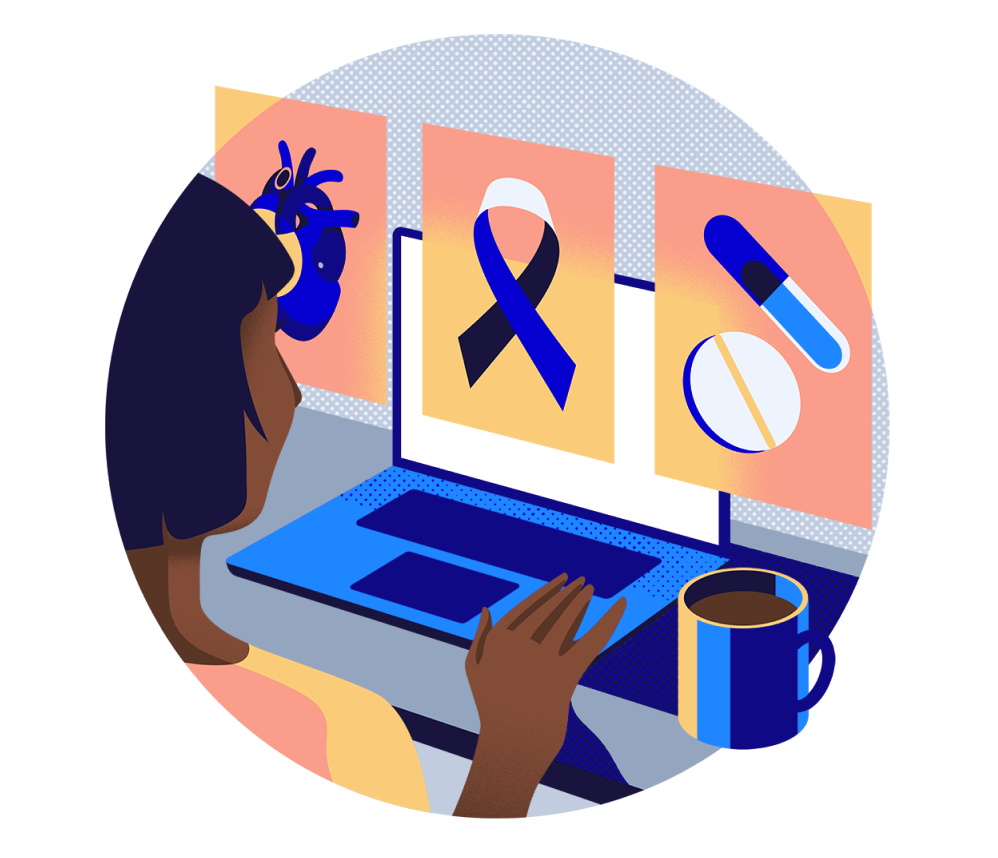
Out of the 100 participants
invited to Color’s program,
82 completed a health risk assessment and received screening recommendations. For those who received at-home testing kits, 100% of participants agreed that the instructions were clear and the kits were easy to use.
Cancer screening adherence changes
Over the course of eight weeks, across all participants, screening adherence rates for five common cancers increased as follows:

30 participants met with a Color clinician at least once during the eight-week period
89% of them reported that their experience was “excellent” or “very good.” Similarly, 88% of participants reported that their interaction with a Color care advocate was “excellent” or “very good.”
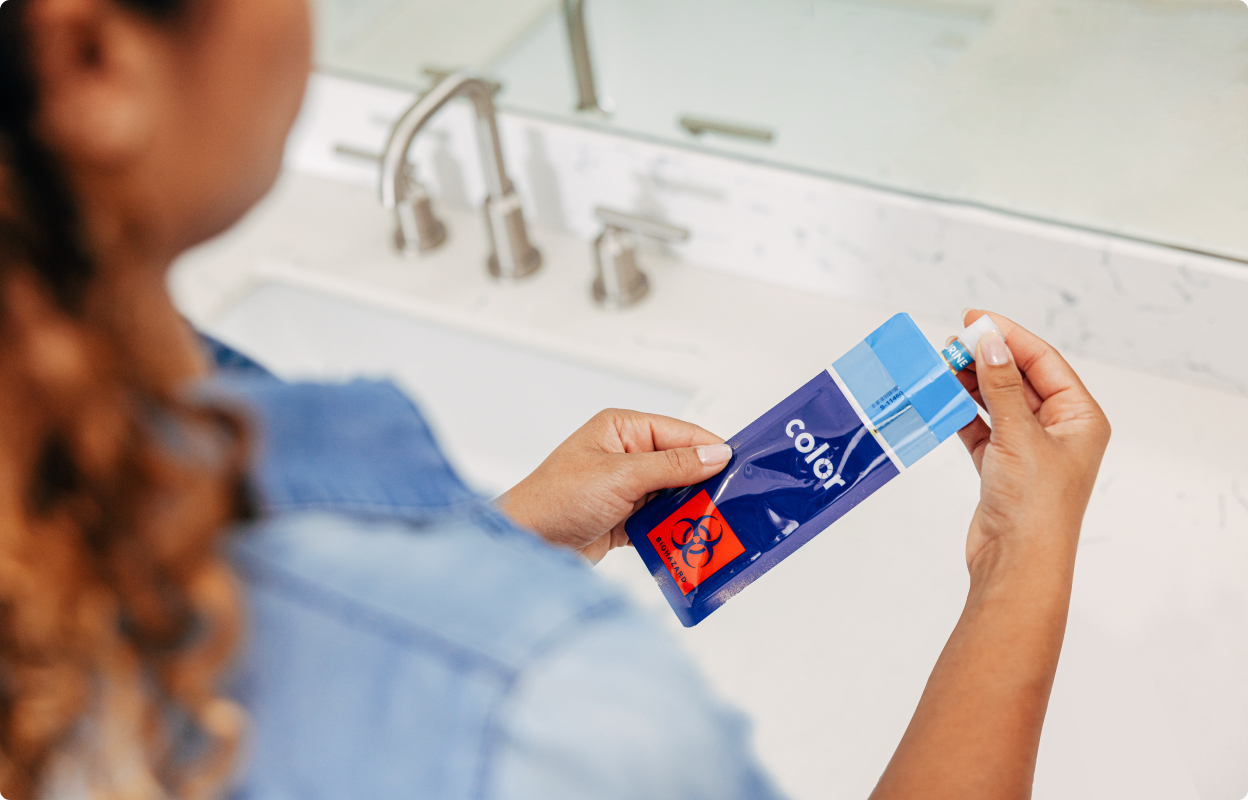
Importantly, 63% of participants agreed that Color helped them get screened for cancer sooner
76% stated that they would be more likely to get screened in the future if they had access to Color, and 84% now feel more knowledgeable about when and how often to screen for cancer as compared to before the study.
Another valuable set of learnings to come from this study highlight:
1.
Current gaps in awareness about risk for cancer
Current gaps in awareness about risk for cancer
2.
Hesitancy
to get screened
Hesitancy
to get screened
3.
Expectations for cancer-related care beyond treatment
Expectations for cancer-related care beyond treatment

Gaps in education on screening guidelines
Before using Color, roughly 70% of participants did not know the correct age to begin cancer screenings, except for breast cancer. In general, participants believed cancer screening should start earlier than guidelines recommend, except for colorectal cancer, where they believed screening started later.
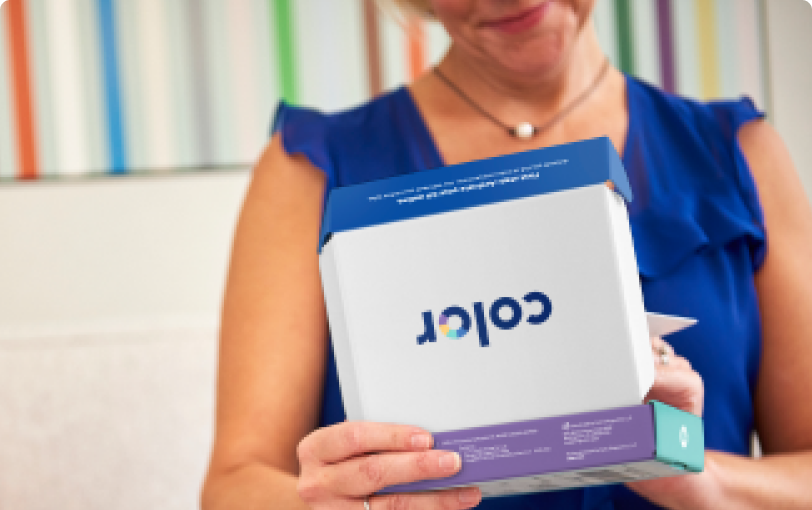
Patient hesitancy to screen
Participants who were behind on screenings indicated there were a variety of reasons they did not want to complete a screening. Most often, participants were concerned with the discomfort related to the screening, what the results might show, and whether or not their insurance would cover these preventive services.
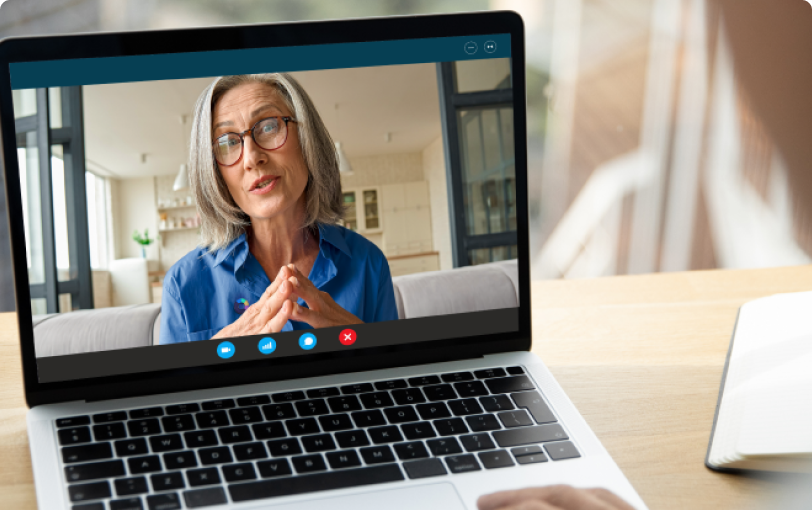
Mental and behavioral care for patients, survivors, and caregivers
90% of participants said they would be interested in emotional or social support if they were to receive a cancer diagnosis. Most participants also reported that they would be interested in reading or learning about how to care for their mental wellness as it relates to cancer, new skills to manage their emotions around a cancer diagnosis, connecting with other people who have also been impacted by cancer, and talking with a mental health professional.
About Color
Color’s cancer care solution, built in partnership with the American Cancer Society, is a comprehensive, integrated care model that supports individuals from screening through diagnosis and care. Color provides risk education and assessment, accessible screenings, a nationwide clinical care network, ongoing educational programming, and mental health support to motivate participants to take action against cancer.

